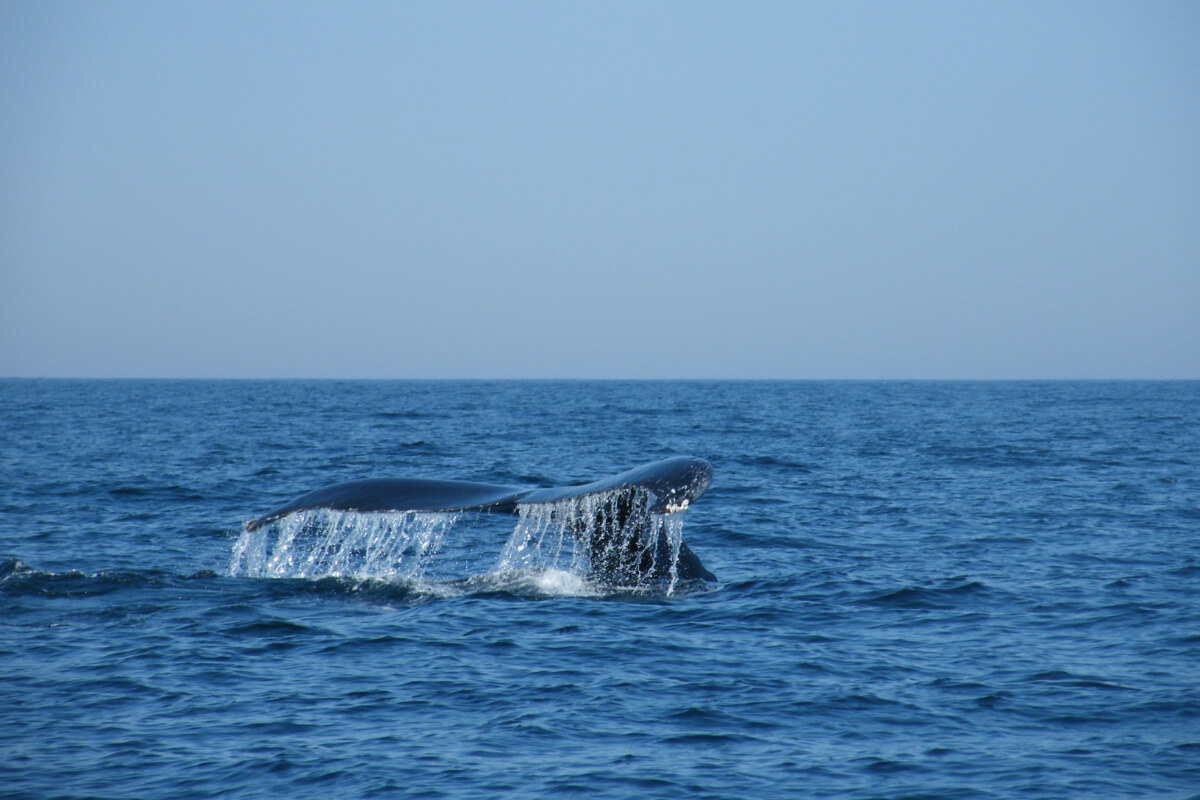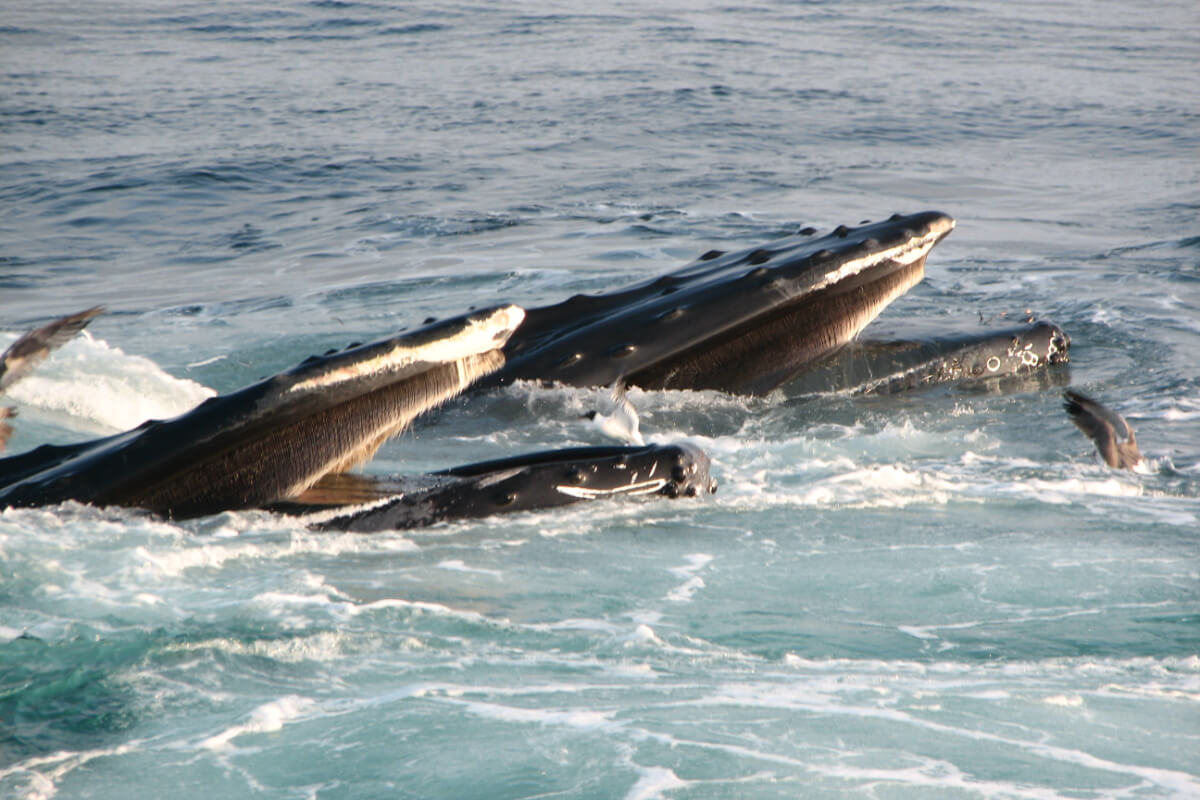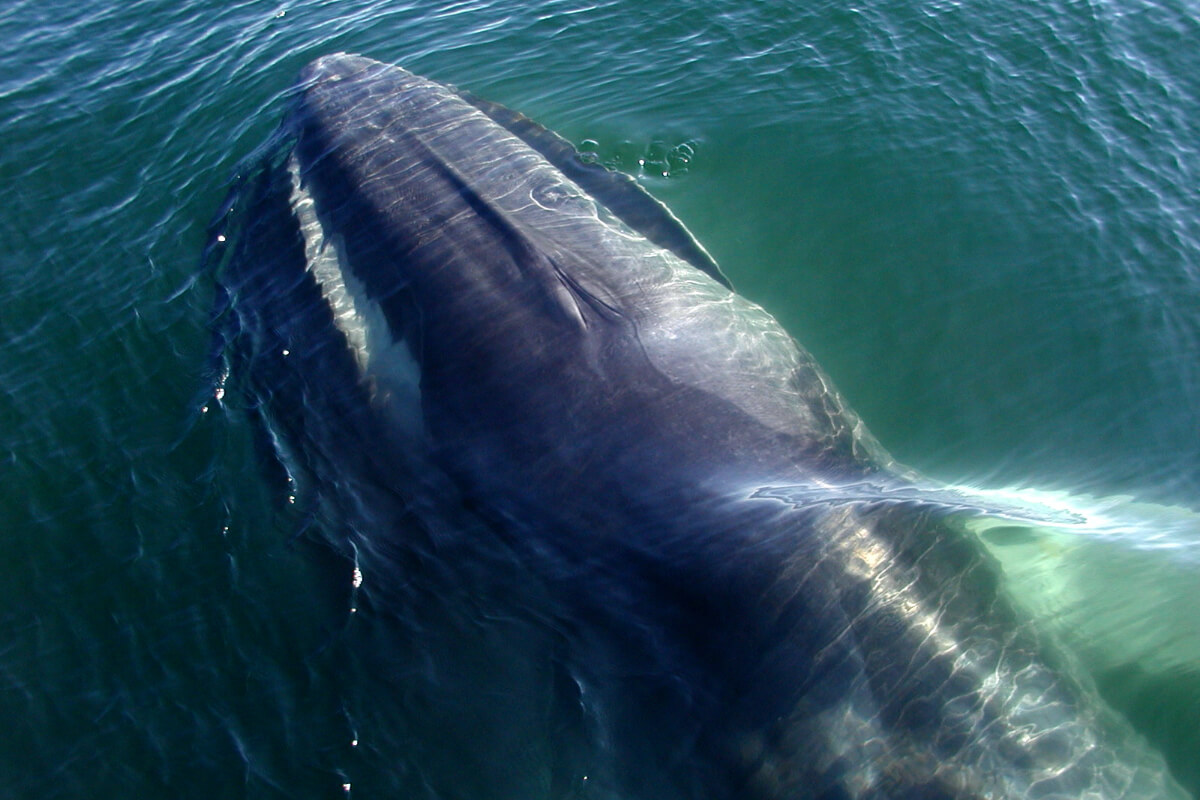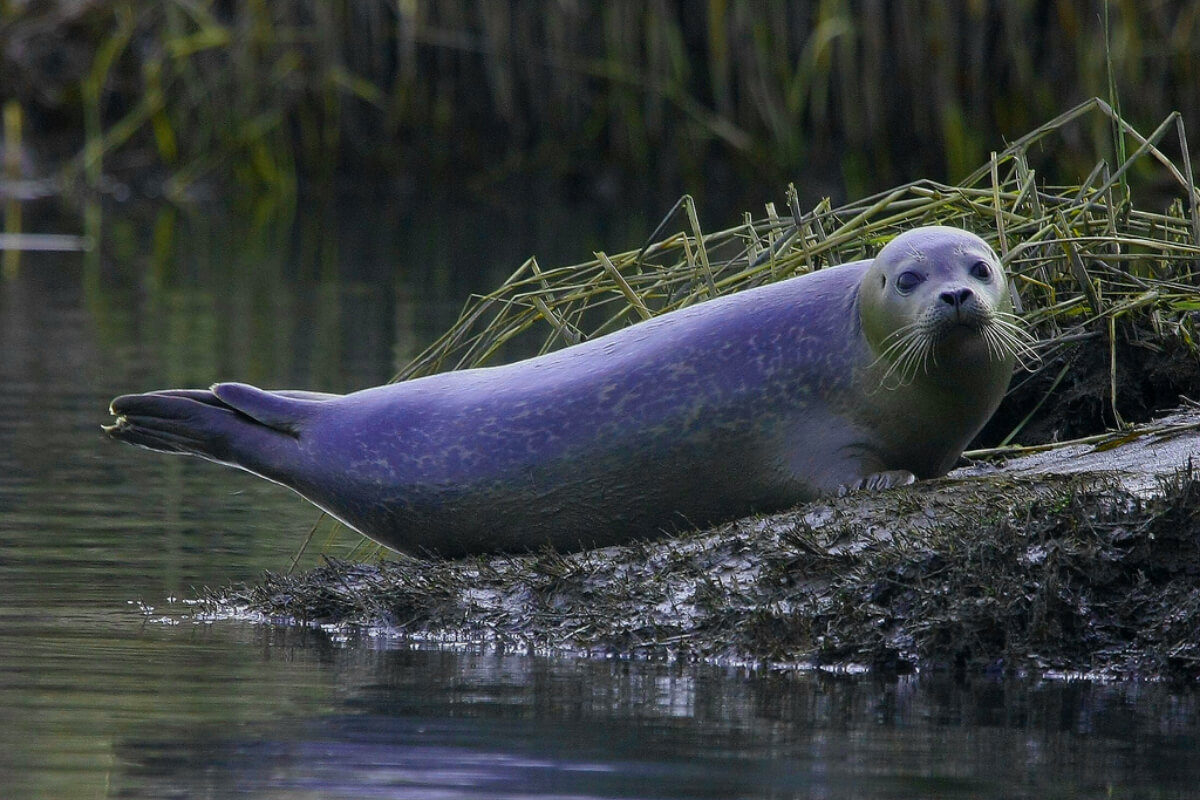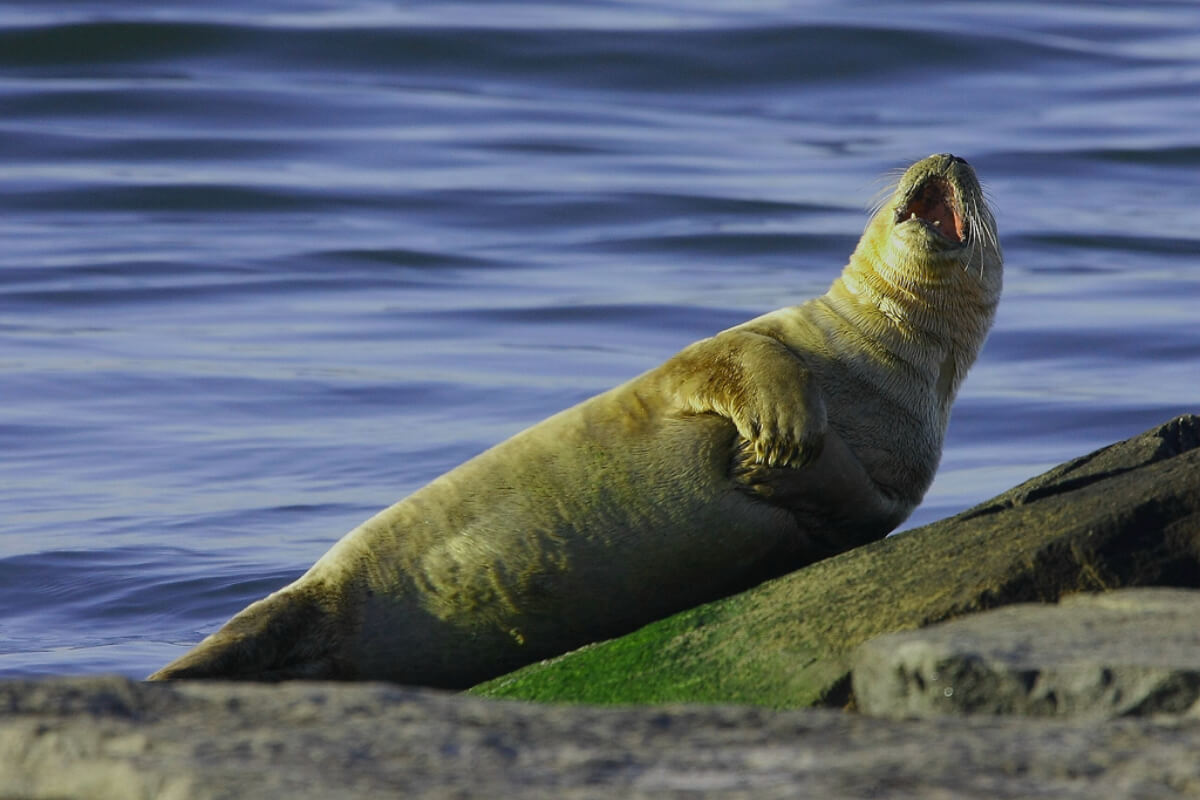The Marine Mammals Project
Mike Davenport
The Marine Mammals Project
New Jersey is home to 2 dozens species of dolphins and whales
Why It Matters
Humans aren’t the only large mammals enjoying New Jersey’s coastal waters during the summer – two dozen species of dolphins and whales are found here in the summertime as well.
Winter offers the potential glimpse of other visiting marine mammals called pinnipeds. The word pinniped literally means “fin-footed” and describes amphibious marine mammals including seals, sea lions, fur seals, and walrus.
True seals, not sea lions, occur along the New Jersey coastline primarily between the months of November through April. While none of the seal species found here are classified as endangered or threatened, they are all protected under the Federal Marine Mammal Protection Act of 1972. Several species of seals have been observed in our state. The most abundant is the harbor seal, profiled here in a Story Map that CWF created in partnership with Jenkinson’s Aquarium. Three other annual visitors are the larger gray seal, the harp seal, and the least common, the hooded seal. Male and female harbor seals look similar, with adult males slightly longer and heavier than females.
Conservation Efforts
Conserve Wildlife Foundation works with the New Jersey Endangered and Nongame Species Program (ENSP) to identify and protect wintering colonies and haul-out areas used by seals along New Jersey’s coastline. Haul-out areas (where seals come onto land) are important to seals as they offer a place to rest and escape from marine predators, such as sharks, which are their primary predators aside from man.
In New Jersey, the greatest threat to haul-out sites and the seals that use them is a disturbance. Seals are exceptionally sensitive to disturbances while they are hauled-out on land, perhaps due to their limited mobility on land. Motorboats, kayakers, and overhead aircraft can send a whole colony back to the relative safety of the water. Each return to the water costs seals much-needed energy and could lead them to abandon a site. Any observations of seals should be done at a minimum distance of 50 yards.
There are other reasons to remain at a distance from pinnipeds in New Jersey. Seals may look cute, like big fin-footed puppies, but they can be very dangerous and should not be approached. Seals have a powerful bite that could shame a pit bull, and their mouths contain enough bacteria to guarantee a nasty infection (and possible loss of fingers, hands, or lives). It is against the law to approach a wild seal, touch, feed, or harass it.
Despite the many challenges, seals (at least those living on the East Coast of the US) are holding their own. In fact, the number of seals appearing on our coast each winter has been increasing. None of the four species found at haul-out sites in New Jersey are considered endangered, threatened, or even near-threatened—their numbers are increasing within our state. New Jersey has the largest seal haul-out location along the US Atlantic coastline south of Long Island, NY. This group of marine mammals hunted mercilessly in the past, has rebounded dramatically, and although the outlook for pinnipeds in New Jersey is currently positive, we must all take care to ensure that it remains so.
